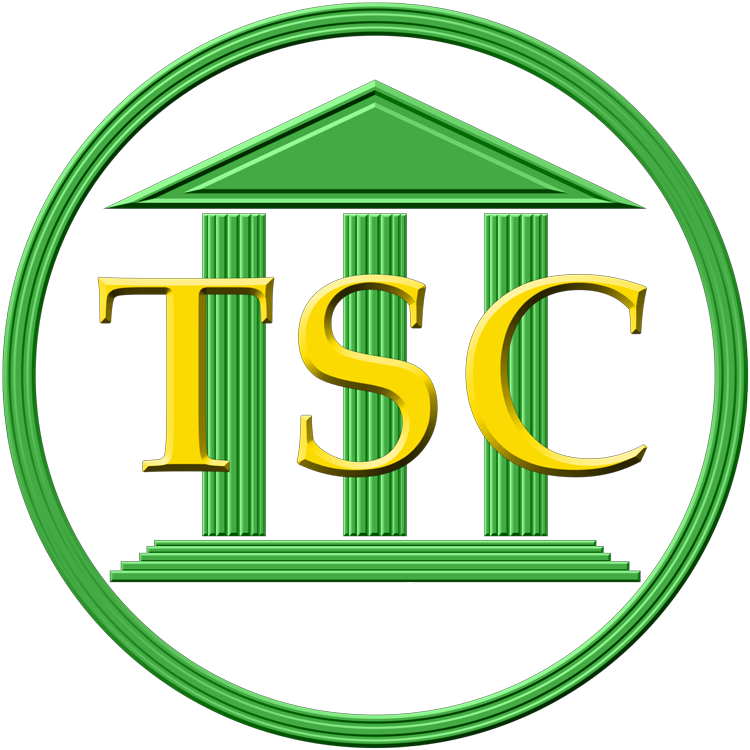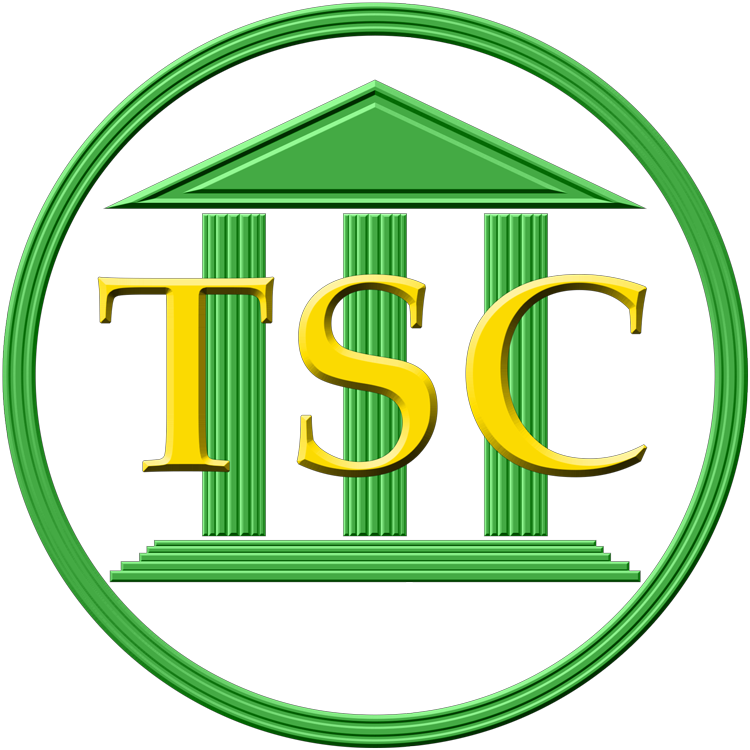Anatomy of a Docket
***If you want to practice, each VTADS server has a "test & training" option so you are not in the production database***
Dispute Table
If you are in the event list, F1 once to bring yourself up to the Dispute table, or Tab + D from the header of the docket:

This table will show all disputes in the docket. Sometimes these will get called charges or counts, but they all refer to the same table/entries. The first column shows you the number of the dispute:

The Dispute ID, similar to Event IDs and Case IDs:

The second column is the docket the dispute was generated in:

And the third column tells you the count that was assigned to the dispute in said docket:

The only time you would need to worry about the Count and Docket Column is if the docket you are working in was merged with another docket. This isn't super common, and usually the Docket Clerks will point this out in the ticket they send in for this. But here is an example of what a merged docket looks like in the dispute table:

It shows the two different docket numbers, and Dispute 2 was Dispute 1 (Count 1) in docket 237-3-11 Wncr.
Highlight any dispute and press Shift + F4 to "zoom" or open the details of the dispute:


This detail screen for the dispute is where you would make edits if needed. You can find the charge code:

Which party number is the defendant, and which one is the plaintiff (This part of the dispute screen is usually helpful for civil cases.)

Motion Table
From the header of the docket (F1 from any where to get back up to it) press Tab + M to open the motion table (If the docket has a motion, it will reflect that in the header of the docket next to the "Motion field"):

Here you can see the number associated with the motion entries (if there are multiples). The type of motion:

And the status of the motion:

Same as the dispute table, Shift + F4 will open the detailed screen for the motion for more information, and this is how you will edit/change/delete motions:


